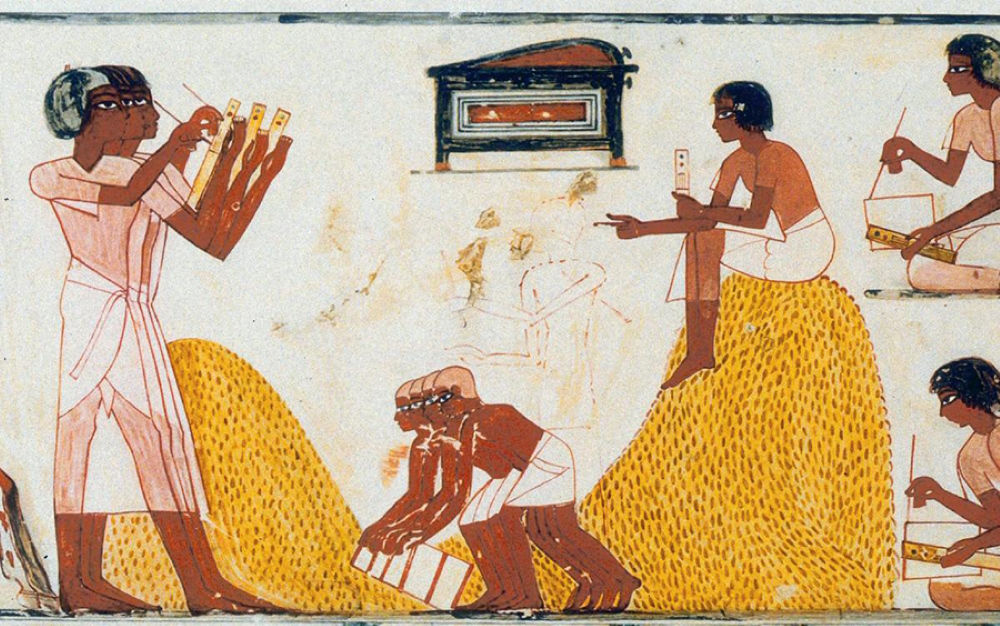Altered Carbon (veers into bonus thoughts on mental continuity and my nan!!)
Altered Carbon, by Richard Morgan, is a cyberpunk-noir detective thriller of the ‘locked room’ variety. If you want steam rising out of your grates in grimy streets straight off the ‘Blade Runner’ mood boards and a bosomy femme fatale in a plot full of twists and turns then stop reading and go buy it, because as a debut novel, it’s astonishingly assured plotting and writing.
Needless to say it won’t do to discuss the plot, (hardened killer brought out of jail to solve a mega-rich man’s “murder” but uncovering far more), but what works so well here is how convincing Morgan is at immersing you in his well-woven future Earth. Much of the intricate plot hangs off his detailed understanding of the minutiae of this universe, how the Earth and the colonies have developed and changed, though the fact it takes place in San Francisco and it’s a place where the mega rich are beyond the law and influence it to their own ends are sadly familiar anchors for the reader’s immersion in this future.
As a writer I love it when another ‘worldbuilder’ does a good job of choosing his or her idioms, making them feel natural and simple, two key characteristics for slang. Morgan works in a robust political and social backdrop that hangs effectively off the technological advancements that have fundamentally altered society and what it means to be a human. There are numerous well judged developments to humans of the cyberpunk variety, the ’empathin’ mood enhancers built into the bodies, or ‘neurachem’, a triggerable state of full body enhancement that turns you into a superfast and super perceptive killing machine.
Due to my philosophical bent, the main thing that baked my noodle about the central conceit of this future universe is the notion that a person can be separated from their body. It’s handled well, but I couldn’t buy into it properly (which coincidentally goes for the odd dodgy adverb littered throughout the book – a shawl puddles ‘silkenly’ on the floor?).
This is a universe where a ‘person’ is encapsulated in a neuro-cortical hardware device. One’s body is inhabited, it’s referred to as a ‘sleeve’. If the body dies, the device is removed and is ‘re-sleeved’, indeed this is mandatory. Real death is a very big deal in this universe. As such, it is possible that a ‘person’ can be in two bodies at the same time. Derek Parfit, an eminent British philosopher, presented this concept as a thought experiment in his Reasons and Persons, a treatise on ethics and identity.
Imagine you are at a teleporter, ready to beam over to Mars. The process begins, then there’s an explosion. You leave the teleporter here on Earth and ask the scientist what’s gone wrong.
He shakes his head, unsure as to what just happened. He says the machine this end is destroyed, but has done deep cellular damage to you, which will shortly debilitate and kill you.
“No need to worry though,” says the scientist, “you won’t actually die, you teleported successfully. There you are,” he says, pointing to you on the monitor, waving back at Earth.
But you do worry. You aren’t him, you’re here, feeling your body going, while that other person that is practically exactly like you watches on concerned. ‘You’ are moments from death.
The break in continuity seems fatal to the notion of personhood. One sleeps of course, a gap of 6-8 hours where one is not a person, but the physical continuity holds. It could be countered that sleeving is just that, a change to everything but the neural systems while you are unconscious, for you still feel like you when you wake up, you feel it’s the same you. It isn’t a great stretch perhaps to imagine some way of separating your brain and all its ‘tendrils’ and stitching them into a similar body. If you are your brain then continuity is assured.
But the moment there is a split, a cloning, the self becomes other, each second apart diverging the neural states that signify oneself. One cannot be divergently located, the sense of self is homogenous, singular.
But there’s a further problem. What is going on within this neural black box that transfers so easily between sleeves? The technological capacity for it would indicate science so far advanced that the rest of the milieu wouldn’t be in the state it is. It would be easier to create free infinite energy and eliminate poverty.
This isn’t to say that Morgan doesn’t do a good job of presenting some of the edges of this continuity dilemma in the book where it affects the plot; he’s clearly thought about it, but for me the conceit rings hollow. People will never be blase about their clones.
There are some standout moments in the book, the main one for me being the mega-billionaire Bancroft’s explanation of how a marriage feels after 300 years, a microcosm of the wider social picture that cleverly illuminates how for the immortal rich, life is devalued. It is a conundrum of long life and how meaning and purpose might be intrinsically linked to a more ordinary lifespan, that we would somehow, despite the technology, feel like Bilbo, butter smeared over too much bread.
The one person I hadn’t expected to think about when reading this book was my great-grandmother. She was 98 when she asked me why she had to go on, why she kept breathing when she’d outlived almost everyone she loved and seen her great grandchildren grow up. She had, she said, “finished.”
I couldn’t conceive of what it would be like to find myself having had enough of life. Altered Carbon’s sweetest moments for me arrive early, a conversation between the protagonist and Bancroft an affecting echo of a Tuesday night drinking whisky with my nan, a hundred years stretching back behind her eyes and a self-deprecating smile breaking through an otherwise carefully hidden ennui.






